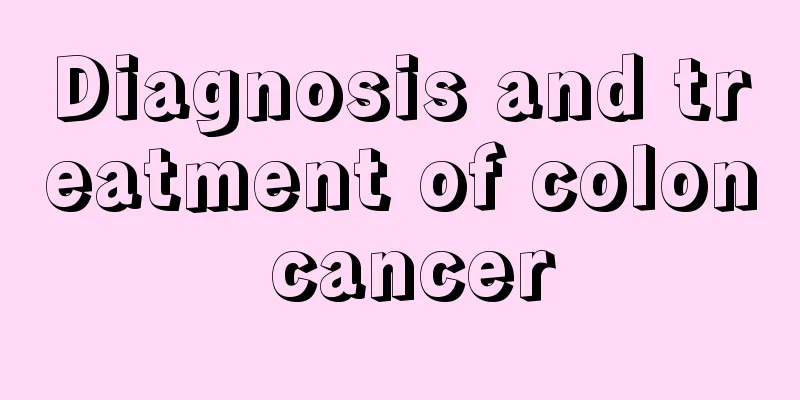Cure rate of large cell lung cancer

|
The cure rate of large cell lung cancer is low, but early diagnosis and scientific treatment can significantly improve the survival rate, including surgery, radiotherapy, chemotherapy, targeted therapy and immunotherapy. The success rate of treatment depends on the stage of the disease, individual health status and the choice of treatment plan. 1) Factors affecting cure rate The cure rate of large cell lung cancer is related to many factors. Among them, cancer stage is the core determinant. If it can be diagnosed in the early stage, the 5-year survival rate can reach about 50%-60%, while the cure rate drops significantly when it is diagnosed in the late stage. The overall health status of the patient will also affect the treatment effect. The treatment effect is better for younger patients with normal immune function. The choice of treatment method is also crucial. The reasonable combination of surgery, chemotherapy, radiotherapy and other methods determines the survival rate. 2) Common treatment measures -Surgery: For localized and early-stage large cell lung cancer, surgery is the preferred method, which can be lobectomy, pneumonectomy or wedge resection. The above surgeries can effectively remove the tumor and improve the cure rate. -Radiotherapy and chemotherapy: After surgery or when surgery is not possible, chemoradiotherapy can be used to shrink the tumor and prolong survival. For example, drugs such as cisplatin are an effective choice for chemotherapy, and combining them with radiotherapy can further improve the efficacy. - Targeted therapy and immunotherapy: For patients with advanced disease, targeted therapy works by inhibiting specific gene mutations (such as EGFR, ALK, etc.), while immunotherapy such as PD-1/PD-L1 inhibitors can activate the patient's own immune system and inhibit tumor growth. This type of treatment is particularly suitable for patients with advanced disease and the presence of specific molecular markers. 3) How to improve the cure rate -Early screening: High-risk groups, such as long-term smokers or those with a family history, should undergo regular chest CT scans to detect lesions early. -Health management: Quitting smoking, staying away from toxic chemicals and polluted environments, maintaining regular exercise and a healthy diet can help reduce the risk of disease and improve treatment tolerance. -Psychological support: The psychological state of cancer patients has a significant impact on the treatment effect. Patients are advised to receive psychological counseling or participate in support groups during the treatment process to reduce the psychological burden and enhance their confidence in treatment. Although the cure rate of large cell lung cancer is low, scientific early intervention and standardized treatment create better survival opportunities for patients. If you suspect you have related symptoms or a family history, it is recommended that you go to a specialist hospital for examination and receive guided treatment as soon as possible. Scientific decision-making and a positive attitude can help patients gain a longer survival period and a higher quality of life. |
<<: Will CT diagnose early lung cancer as pneumonia?
Recommend
What is the best way to treat liver cancer? Liver cancer experts recommend this treatment
According to experts, liver cancer is a highly ma...
What are the symptoms of dizziness and tinnitus, and what causes them?
If you experience dizziness and buzzing in your e...
How to use eye patches to relieve eye fatigue
The eyes are the windows to the soul, but in our ...
How to treat a red nose effectively
There are many reasons for a red nose, the most c...
Life tips for opening macadamia nuts
Everyone should be familiar with macadamia nuts. ...
What factors affect the price of fibroid treatment
What are the factors that affect the price of fib...
What are the precautions during the recovery period of fiber optic lipolysis
In recent years, as female friends pay more and m...
Nutritional recipes for high school students
High school can be said to be the most important ...
What fruits are good for patients with advanced kidney cancer?
No matter what disease you are treating, it is ve...
Pain under the right ribs when running
Running is a very popular sport. Many people espe...
How to recover from a sprained waist? 6 tricks to master
A sprained waist is caused by twisting the muscle...
What are the methods for students to improve their memory
It is very common that many children encounter pr...
The difference between wheat ear perm and corn perm
Wheat ear perm and corn curl are a kind of perm m...
Symptoms of rhinitis and methods to stop runny nose caused by rhinitis
Autumn is the peak season for rhinitis, but now t...
Mango Lava Cake
Cake is something that many people like to eat. W...









